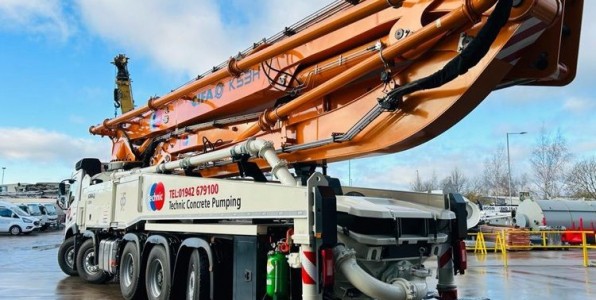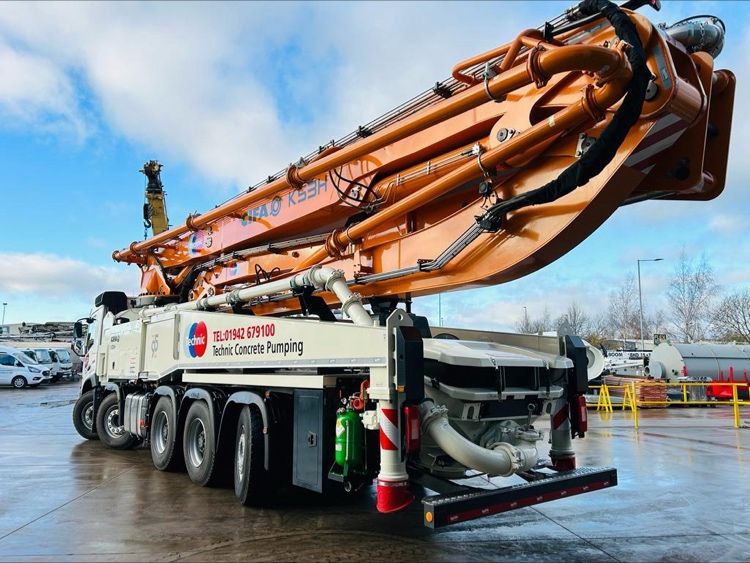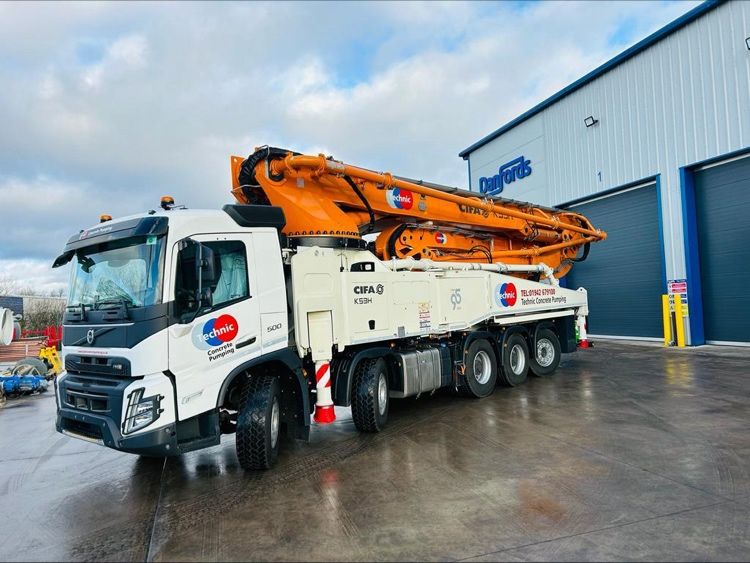The Comprehensive Guide to Concrete Pumping

The Comprehensive Guide to Concrete Pumping
The post The Comprehensive Guide to Concrete Pumping appeared first on UK Construction Blog.
Concrete pumping has emerged as a cornerstone of modern construction, revolutionising the way concrete is placed and transported on-site. Whether you’re a seasoned professional or a newcomer to the construction industry, understanding the intricacies of concrete pumping is essential for maximising efficiency and productivity. In this comprehensive guide, we delve into the fundamentals of concrete pumping, exploring its various types, applications, equipment, and best practices.
Understanding Concrete Pumping:
At its core, concrete pumping involves the transfer of freshly mixed concrete from a mixer truck to the desired location using a pump. This mechanised process eliminates the need for manual handling and traditional methods such as cranes and buckets, offering unparalleled efficiency, precision, and versatility.

Types of Concrete Pumps
- Boom Pumps: These are mounted on trucks and equipped with a robotic arm (boom) that extends and articulates to reach various heights and distances. Boom pumps are ideal for large-scale projects, high-rise buildings, and sites with limited access.
- Line Pumps: Also known as trailer-mounted or stationary pumps, line pumps are versatile, compact, and suitable for smaller projects or areas with restricted access. They consist of a series of pipes and hoses through which concrete is pumped to the desired location.
Key Components of Concrete Pumping Equipment
- Pump Unit: The heart of the concrete pump, comprising the hydraulic system, pumping mechanism, and control panel.
- Boom or Hose: Facilitates the delivery of concrete to the target area, with boom pumps offering extended reach and flexibility.
- Prime Mover: Typically a truck chassis for boom pumps or a trailer for line pumps, providing mobility and stability on-site.
- Pipeline: Consists of pipes, hoses, and couplings that transport concrete from the pump unit to the delivery point.
- Water Tank and Washout System: Essential for cleaning and maintaining the equipment after use, ensuring longevity and efficiency.

Best Practices for Concrete Pumping:
- Site Preparation: Clear the work area of obstacles, debris, and obstructions to facilitate smooth operation and manoeuvrability of the pump.
- Safety Protocols: Prioritise safety by adhering to established guidelines, conducting pre-operation inspections, and providing adequate training to operators and crew members.
- Mix Design and Consistency: Ensure the concrete mix is appropriate for pumping, with the right proportions of aggregates, cement, water, and additives to achieve the desired strength and workability.
- Pump Operation: Follow proper pumping techniques, including priming the pump, maintaining a steady flow rate, and monitoring pressure levels to prevent blockages or blowouts.
- Cleaning and Maintenance: Regularly inspect and clean the equipment, including the pump unit, pipeline, and accessories, to prevent corrosion, buildup, or malfunction.
Benefits of Concrete Pumping
- Enhanced Efficiency: Accelerates construction timelines, reduces labour costs, and optimises resource utilisation.
- Improved Safety: Minimises manual handling, mitigates on-site hazards, and fosters a safer working environment for crew members.
- Versatility: Accesses hard-to-reach areas, adapts to various project requirements, and accommodates complex construction geometries.
- Precision Placement: Delivers concrete with precision and accuracy, minimising wastage and ensuring uniformity in structural integrity.
- Environmental Sustainability: Reduces material wastage, carbon emissions, and environmental impact associated with traditional concrete placement methods.
In conclusion, mastering the art of concrete pumping is essential for achieving efficiency, safety, and sustainability in construction projects of all scales and by using a concrete volume calculator you will know how much you need. By understanding the principles, equipment, and best practices outlined in this guide, you can harness the full potential of concrete pumping technology to elevate your construction endeavours to new heights.
Comments are closed